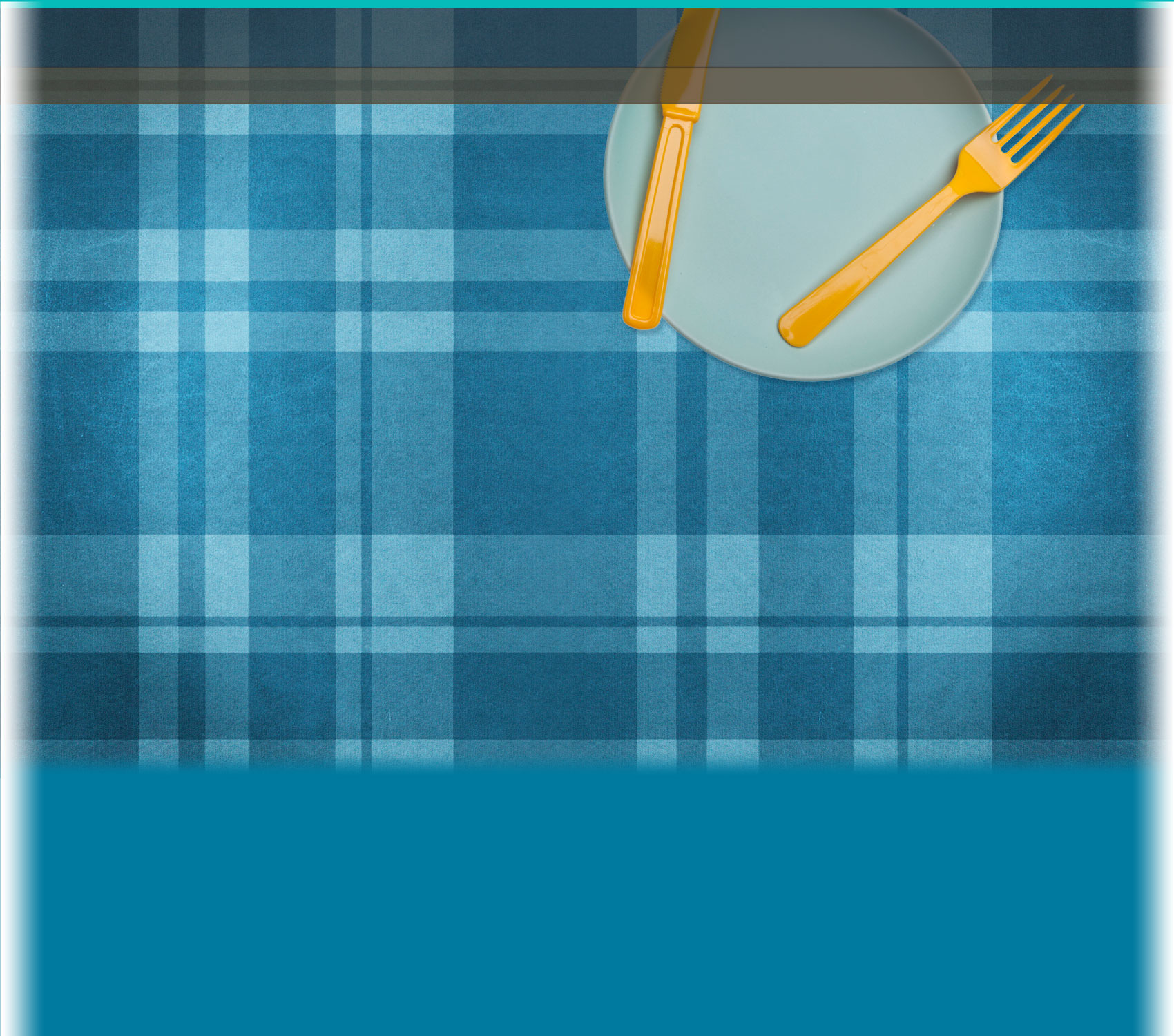Appendix C: Working with STEM Teams
A STEM team is a group of people with a full set of complementary skills required to complete a task, job, or project. Team members operate with a high degree of interdependence, share authority and responsibility for self-management, are accountable for the collective performance of the team, and work toward a common goal. A team becomes more than just a collection of people when a strong sense of mutual commitment creates synergy, thus generating performance greater than the sum of the performance of its individual members. The ultimate goal is to promote inquiry, collaboration, problem-solving and perseverance among all students.
Forming Teams:
When forming a STEM team, try to include students with a mix of different skills and abilities. Here are some facets to consider:
Interest in nutrition and health
Reading level
Mathematics level
Creativity, critical thinking and problem-solving skills
Learning style
Individual experience and expertise
Team Roles
Students will take on different roles as they complete this lesson. Although the overall challenge is an engineering one, components of the challenge will ask students to function as researchers, nutritionists, industrial designers and marketers.
Engineers : Over the entire project, students will research nutrition, brainstorm ideas, develop a design proposal for a fully packaged meal, and then create, test and market their own fast food children's meal. Throughout, students will develop their scientific content and procedural knowledge, and will build their understanding of the engineering design process.
Researchers : In this role, students will read and synthesize previously conducted research on nutrition and obesity, as well as conduct their own research on the nutritional content of children's meals. Students will develop their reading, writing and mathematics skills in this part of the lesson. They will also need critical thinking skills as they attempt to place their own research in the context of the larger body of knowledge about children's nutrition.
Nutritionists : In this role, students will develop ideas for children's meals that fulfill the requirements of their challenge. To do this, they will need to find or create recipes, look up nutritional content for each ingredient, summarize the nutritional content for the entire meal and evaluate the meal against the given constraints.
Industrial Designer : Students will act as industrial designers as they develop concepts for their fast food meal packaging, eventually choosing a solution that is both functional and appealing to kids and adults. They will need to combine art and design skills in order to complete this part of the project successfully.
Marketers : The field of marketing deals with understanding customer needs and wants, and figuring out how to meet them. In taking on the role of marketers, students will solicit and evaluate feedback from taste testers to make their children's meals as appealing as possible. Students will also work as marketers as they create their final presentation as well.
You may want to consider assigning a different team project manager each time students take on a new role, depending on students' skills and experience. If you decide to go this route, let your students know that project managers are responsible for ensuring that everyone in the group participates, stays on task, and has the resources they need to complete their work.


